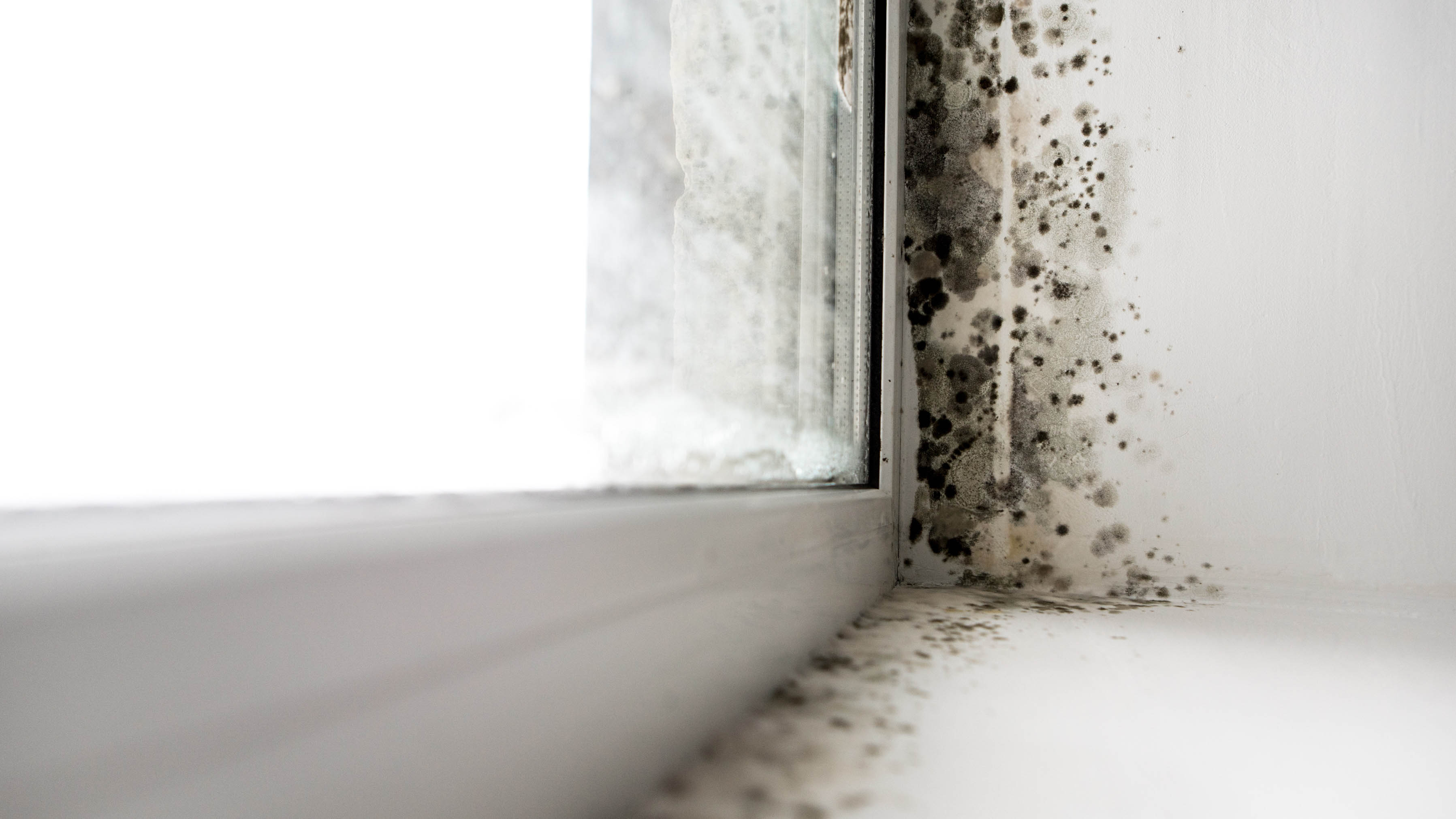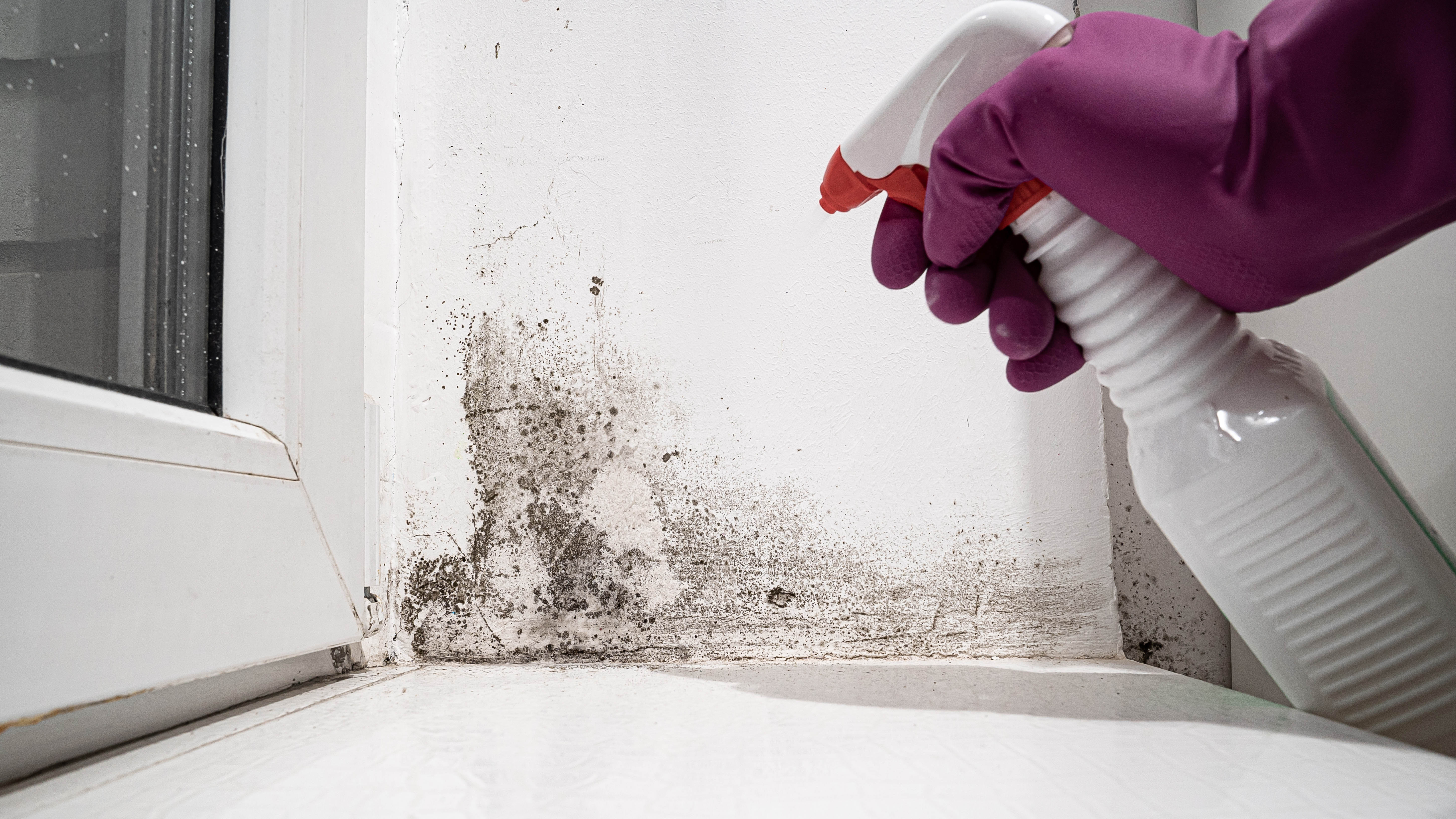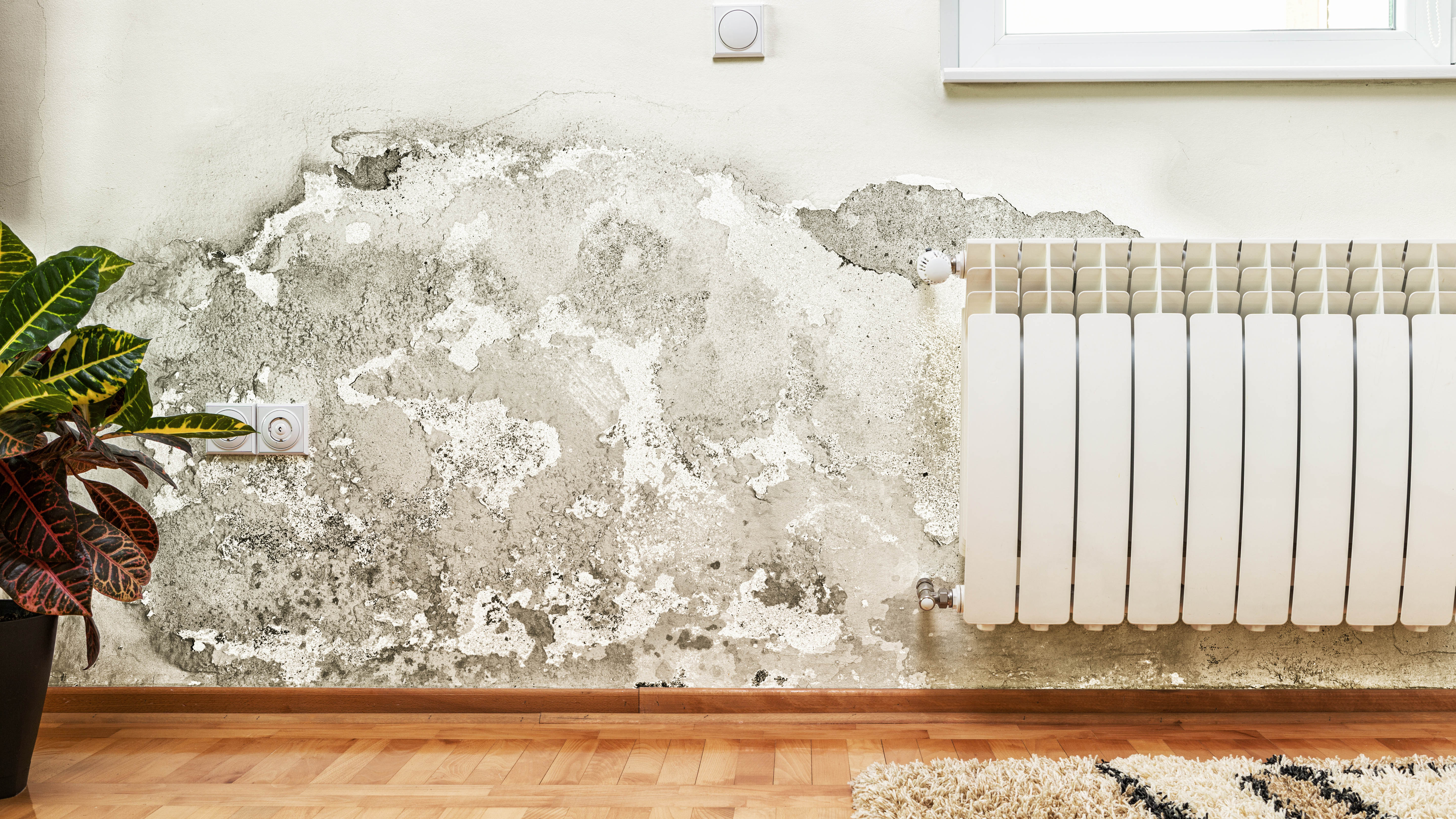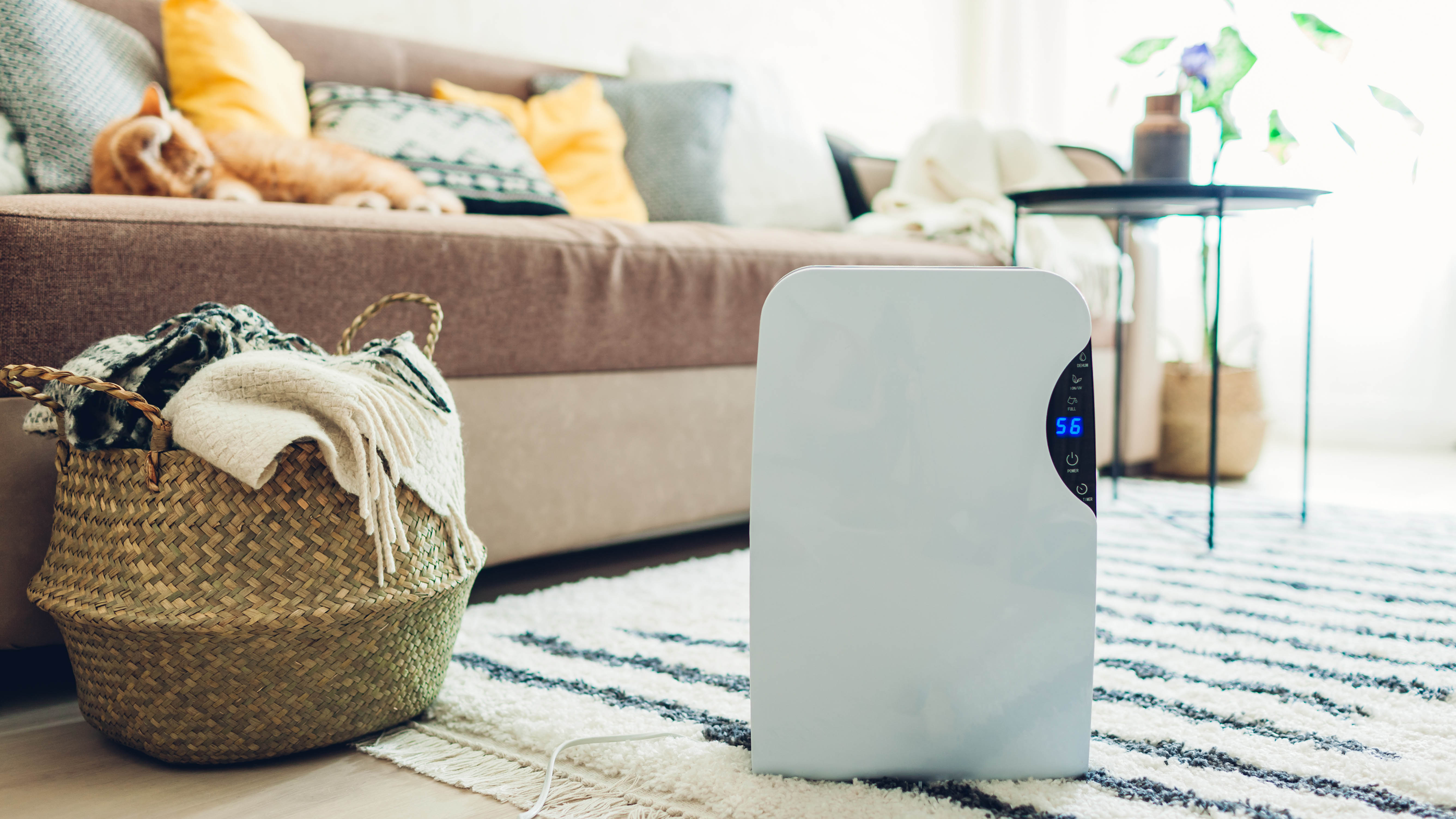
Mold isn’t just an unsightly blemish on your walls or a musty smell in old buildings, it’s a common household issue that can potentially be more sinister than you think.
But, while most people brush off mold as a superficial problem, the reality is that its impact can be far more profound, affecting the integrity of our buildings as well as our health.
More than just a cleaning inconvenience, mold exposure is increasingly being heralded as a hazard by experts for numerous reasons. From allergic reactions and respiratory problems to more severe health risks, its presence ususally represents a hidden threat.
So, is that patch of mold in your bathroom just a harmless spot, or a sign of something more worrying? We ask the experts to find out just how harmful mold in your home really is.
How bad is mold for your health?

It’s relatively common for homeowners to find mold in their homes, especially in the bathrooms which provide the ideal conditions for its growth. There’s a reason why it’s usually found in bathrooms — it's most often caused by the presence of moisture, warmth and inadequate ventilation. Mold spores are naturally present in the air, and when they land on damp surfaces, they begin to grow and multiply.
So we know finding mold in the home isn’t a great sign, but is it really that bad for you? Petya Holevich, a house cleaning expert and supervisor at Fantastic Services, seems to think so.
“Mold does indeed pose risks to both a person’s health and the structural integrity of their house,” she says. “While not all types are toxic, certain ones, such as black mold, can produce toxins that can be harmful when inhaled or if a person is exposed to them in large quantities or for extended periods of time.”
She explains that because mold spores are released into the air, they are easy to inhale, which can potentially cause respiratory issues, allergic reactions, or even trigger asthma attacks in those suffering from this health condition.
According to the NHS, common symptoms of mold exposure include coughing, wheezing, sneezing, sore throat, nasal congestion, and skin or eye irritation.
However, if you do spot it on your walls, don’t threat. “For the most part, mold is relatively harmless but it’s only in certain conditions that it can cause some unpleasant irritations,” Holevich adds. “While it is common to encounter mold at home, it's still very important to address the issue on time and prevent its spread and the potential health risks that come with it.”
What are the types of mold to look out for

As mentioned earlier, some mold is more dangerous than others. Here to explain the differences is Jonathan Rolande from the National Association of Property Buyers, who has long campaigned for greater awareness about the need to support people suffering from mold infestations.
“Two black molds commonly found in homes are Cladosporium and Alternaria fungi,” Rolande says. “Another black mold is Stachybotrys chartarum, which can release specific toxins that are harmful to humans. Cladosporium and Alternaria can also provoke asthma attacks."
Stachybotrys chartarum is particularly bad as it is known to release specific toxins that are harmful to humans, he adds. “This can lead to nausea and a condition called sick building syndrome, where toxins released by the fungus cause people to feel unwell.”
He also notes another common mold called Aureobasidium, which is normally a pink, brown, or black color, but as it ages, it typically becomes a darker brown. “This one is often found behind wallpaper or on painted/wooden surfaces. It can cause eye, skin, and nail infections,” he says.
So how do you find out which type of mold you have and if it’s the bad kind? Holevich explains how. “Usually, identifying what specific type of mold you have in your bathroom is a matter that’s best left to professionals who can conduct a thorough inspection and perform testing,” she says. “This is especially true since different types of mold can look very similar to one another. However, there are still some general signs that can help you determine if the presence of mold in your bathroom is potentially harmful.”
What are the common signs of mold?

The color and appearance
While color alone can’t definitively determine the toxicity of mold, certain types can be identified by it. For example, black mold appears as dark greenish-black or black patches and has a slimy or powdery texture. However, it's also important to note that not all black-colored molds are necessarily toxic.
A musty odor
A strong, stale smell is often a sign of mold growth. If you notice a persistent, unpleasant odor in your bathroom, it could be an indication of mold, and so further investigation is highly recommended.
Allergic reactions or health symptoms
If you or other people in your household experience unexplained allergic reactions, respiratory issues, or frequent cold-like symptoms which improve when the person is away from the bathroom, it could be a sign of mold exposure. However, different individuals may react differently to mold, and some may be more sensitive to it than others.
“That’s why the best course of action if you have mold in your bathroom, is not to test it but treat all types of it with the same level of caution and remove it as soon as possible,” Holvich warms.
How do I prevent mold growing in my house?

If you’re worried about mold growth, there are a number of things you can do to prevent it from appearing in your home.
Lars Dunberger, technology development manager at Swedish air purifier brand Blueair, says the most effective mold prevention is to limit moisture levels while trying to keep humidity levels below 50%.
He also warned that some of the biggest culprits for moisture production are air conditioning units, poorly ventilated bathrooms and even refrigerators. “It’s therefore key to make sure you maintain a well-ventilated environment,” Dunberger said. “Ensure that bathroom and kitchen extraction fans are running and thoroughly clean mold hotspots regularly.”
He also points out that during the cleaning process to remove mold from your environment, spores are likely to become airborne. So, to get rid of mold spores from indoor air, a high-performing air purifier certified for mold removal should be used.
When removing mold, be sure to also wear protective gloves, a mask and goggles.
You can also invest in one of the best dehumidifiers to reduce moisture levels in the air.







